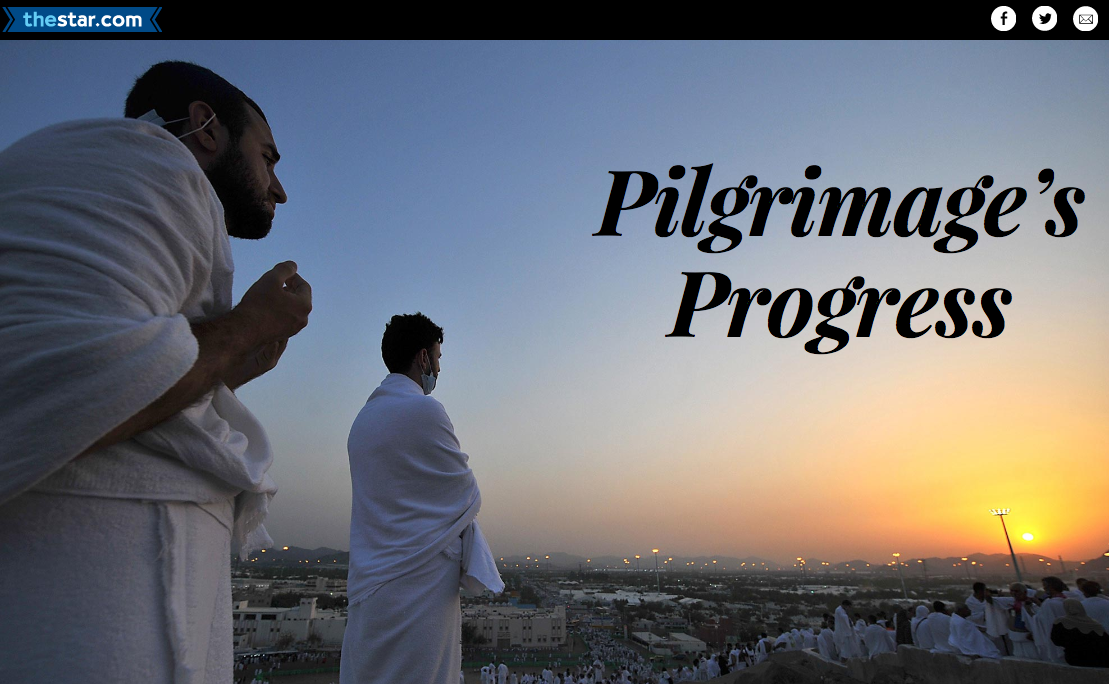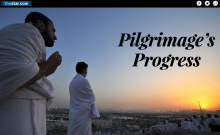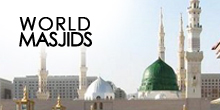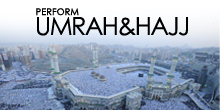 The hajj pilgrimage draws millions of Muslims each year, sometimes overwhelming host Saudi Arabia. Toronto architectural firm, Moriyama and Teshima and engineering company MMM Group are helping make the holy journey better — a $227-billion, 30-year project.
The hajj pilgrimage draws millions of Muslims each year, sometimes overwhelming host Saudi Arabia. Toronto architectural firm, Moriyama and Teshima and engineering company MMM Group are helping make the holy journey better — a $227-billion, 30-year project.
By Rick Westhead, Toronto Star Foreign Affairs Writer
JEDDAH, SAUDI ARABIA
The pilgrims were jammed shoulder-to-shoulder in a crowd of thousands, heaving as one toward the Jamarat, the three concrete walls that symbolize Satan.
Many carried handfuls of pebbles to pelt the 26-metre walls, re-enacting the prophet Abraham’s rejection of the devil. Some pilgrims nearing the end of the week-long hajj pilgrimage walked the narrow road outside Mecca carting sleeping bags, tents and suitcases, packed for the trip home.
At the foot of the Jamarat bridge, where the wave of those arriving to perform the rite collided with those preparing to leave, several pilgrims tripped over luggage and were trampled by the crush of those behind them. The crowd was seized with panic.
Ninety minutes later, at least 345 people lay dead or dying. In places, the dead lay seven deep; more than 1,000 others were injured.
The tragedy on Jan. 12, 2006, came eight days after 76 pilgrims were killed when their hostel collapsed and two years after 250 died during a similar stampede.
For the Saudi royal family, which has controlled Mecca since 1924, this was holy failure. Guardianship of Islam’s sacred cities — Medina and Mecca — and the safeguarding of the hajj is a covenant made with Muslims around the world and with Allah.
Saudi Arabia is a spiritual home to the world’s 1.6 billion Muslims and each year as many as 3 million people arrive to perform the hajj, the pilgrimage anointed by the prophet Muhammad.







